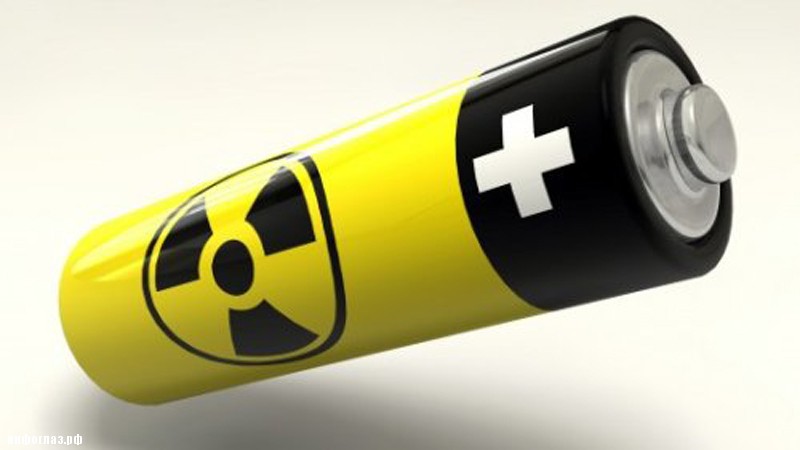
Researchers from the University of Missouri (University of Missouri, MU) reported the establishment of a prototype battery that generates electricity through the use of the process of splitting water and energy decay of a radioactive isotope. But this is not the main thing, the main thing is that this battery is used quite a new principle of producing electrical energy and a completely new technology of this principle, which makes the new high-performance battery and more long-lived than even batteries that use a bit similar technology. And all this can be considered as a new ultra-reliable battery power sources for vehicles, aircraft, space technology and other areas where the requirements for reliability, safety, durability and efficiency are put forward in the first place.
"Technologies for the battery, producing energy from the radiation energy in a process called radiolysis, closely examined by scientists from the 1950s" - says Jae Kwon B. (Jae W. Kwon), professor at the University of Minnesota - "These nuclear technology, which is simple enough to manage practically do not pose much danger to others. And for some revelation is that these technologies are widely used in the world around us, it is enough to recall only about smoke detectors fire protection systems, which are installed even in a residential installation. There is nothing wrong as long as compliance with all requirements for the operation and safety of working with such devices. "
The main source of energy in new nuclear battery is a radioactive isotope strontium-90 beta radiation which increases the electrochemical potential of the electrolyte on the basis of water. All the "sacrament" of the battery occurs on the surface of the nanostructured electrode of titanium dioxide, which acts as a catalyst for the splitting of water. This catalyst promotes the process of splitting of water by means of energy radiation which results in the formation of various oxygenated compounds.
As a result of rather complex electrochemical processes, passing through layers of platinum and titanium dioxide high-energy beta radiation induces the formation of electron-hole pairs within the scope of the titanium dioxide. This creates a flow of free electrons is enhanced by the surface plasmon generated on the surface of platinum, which serves as a source of electric current.
"Water, acting as a buffer and surface plasmons, resulting in the bowels of the device, have a considerable enhancing effect on the effectiveness of the entire battery" - Kwon says, - "In addition, a saturated aqueous solution of ions does not freeze even at very low temperatures, which will use these batteries as power sources of various electronic devices and subject to proper safeguards - vehicles and space technology. "
No comments:
Post a Comment